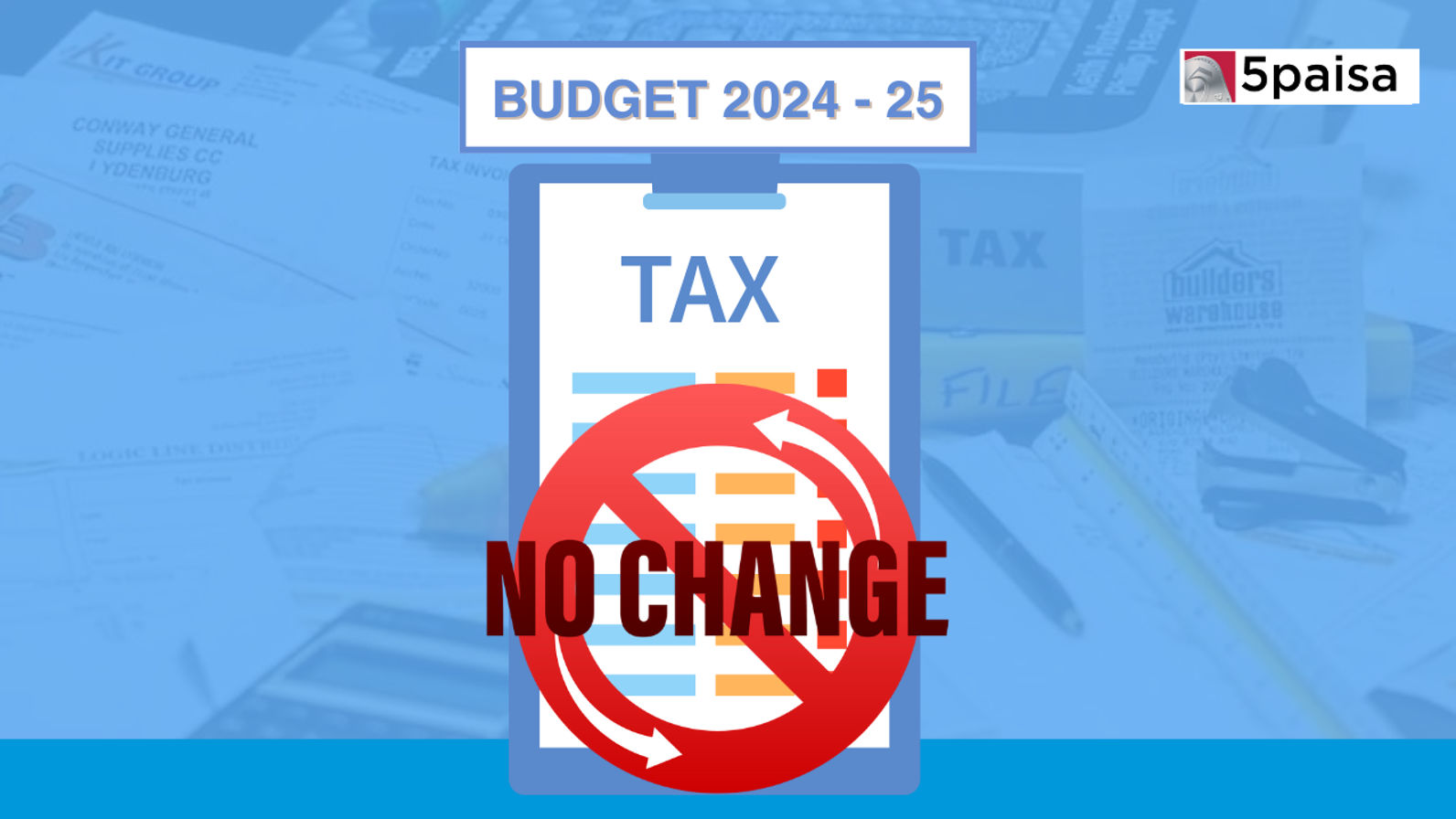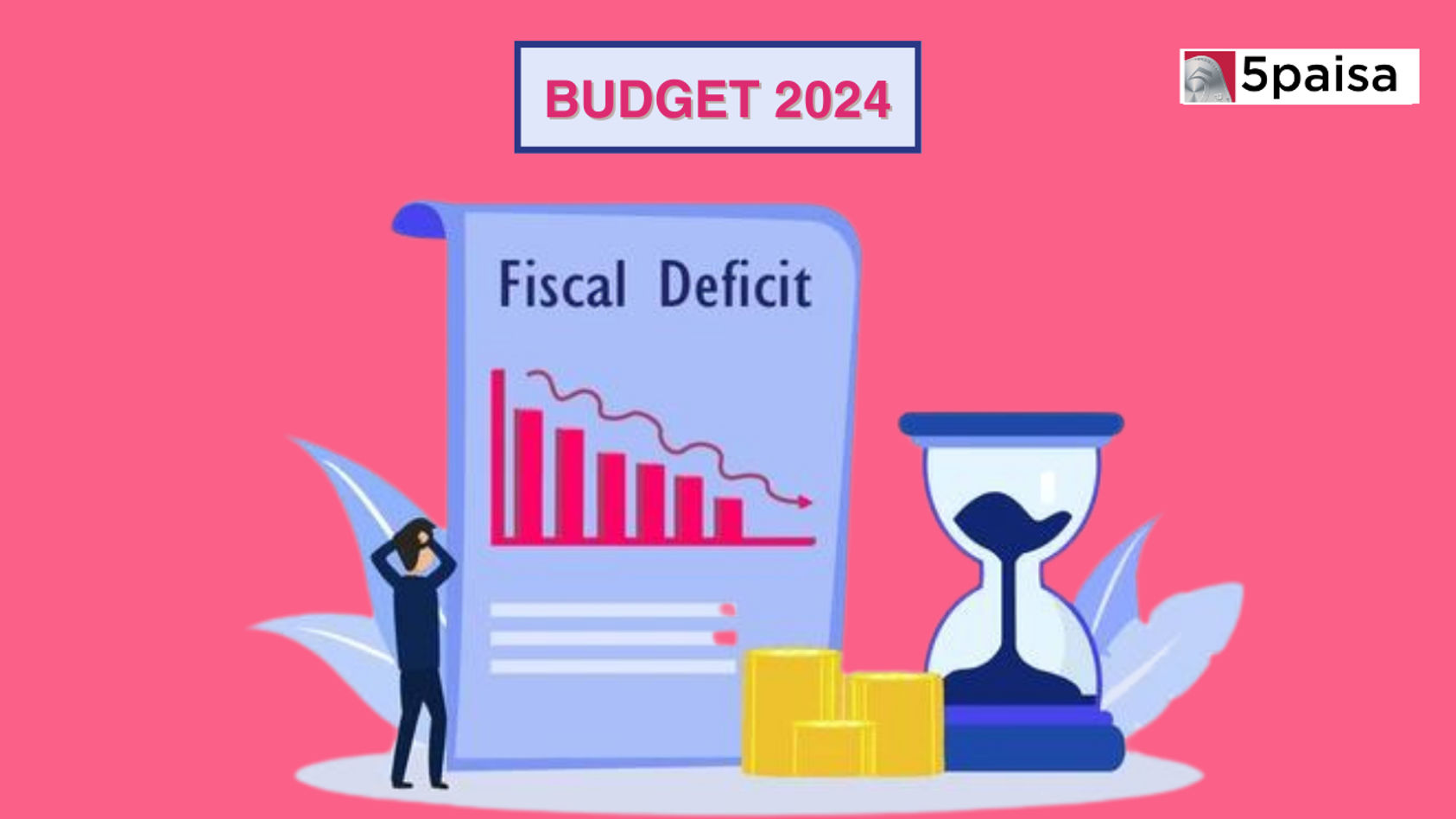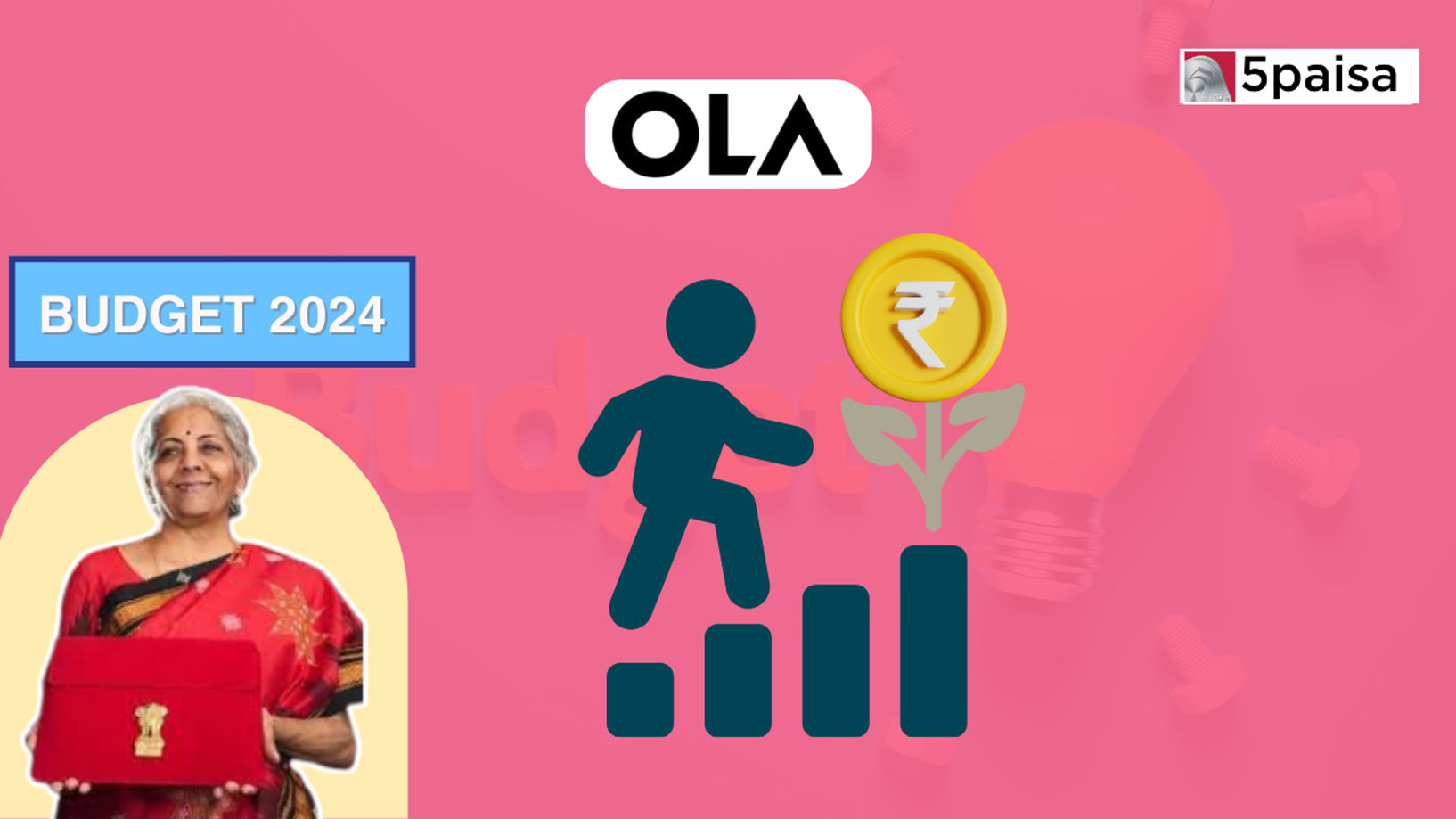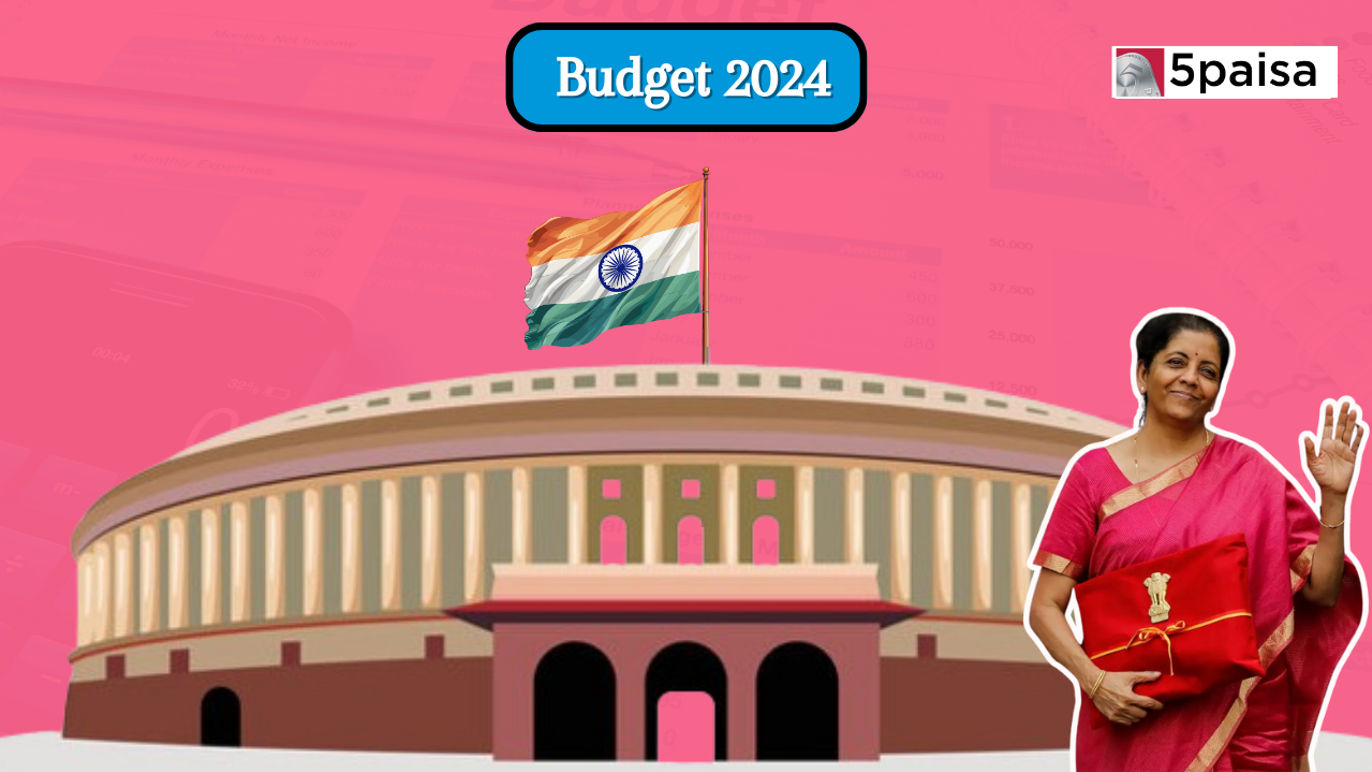Budget 2024: Key Terms to Know Before the Session
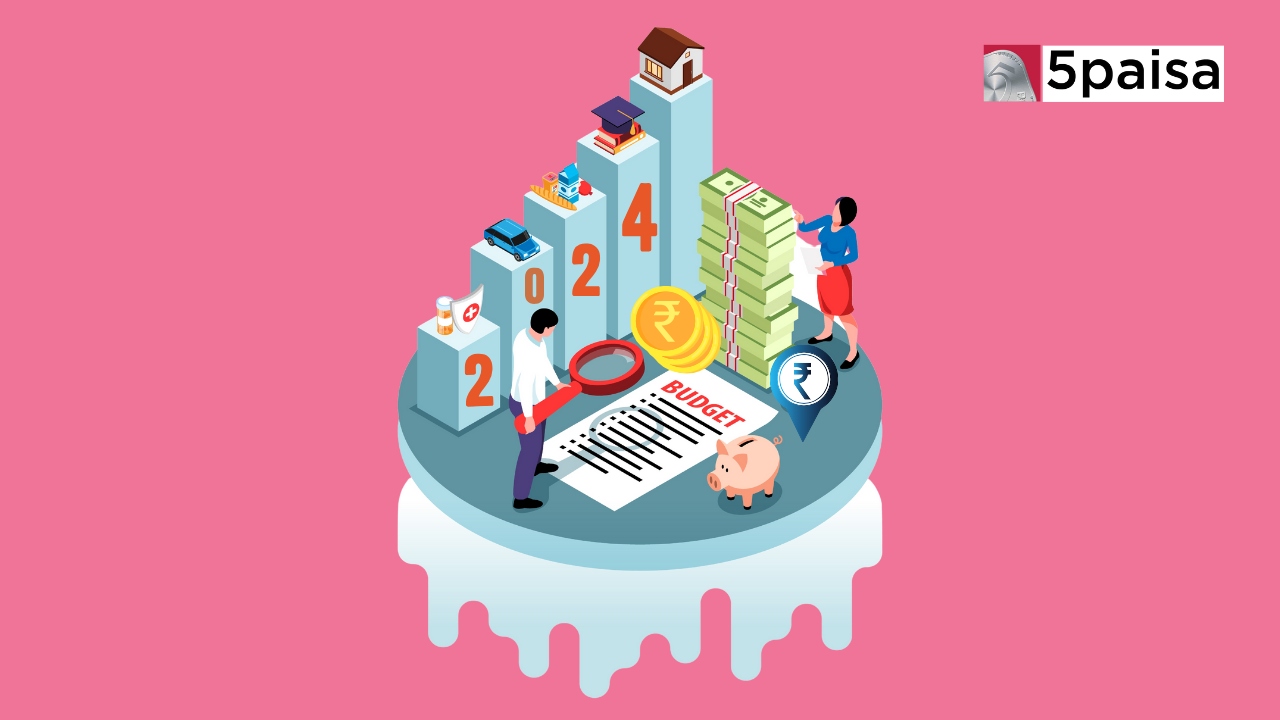
Last Updated: 30th January 2024 - 05:41 pm
India's Finance Minister Nirmala Sitharaman is set to present the interim Budget for the fiscal year 2024-2025 on February 1, 2024. This will be her sixth consecutive year presenting the Budget under the Modi government. Due to the early Lok Sabha elections this year, an interim Budget will be presented instead of a full-year Budget. The full Budget for the fiscal year 2024-2025 will be presented after the formation of the new government following the general elections.
A complete Budget spans the entire fiscal year, running from April 1 to March 31 of the subsequent year. In contrast, the Interim Budget functions as a provisional financial plan to address critical expenditures during the transitional period between governments. Essential expenses, including government staff salaries and funding for ongoing schemes, are covered in this interim period.
The Budget 2024 document is like a treasure trove filled with lots of information and tricky words. It might feel a bit like trying to solve a puzzle. But don't worry! To make things exciting and easy, let's focus on a few important words that will help us understand the most crucial parts of the document.
Union Budget
The Union Budget is like the government's yearly money plan. It shows how much money they expect to get and how they plan to spend it on important things like roads, schools, and health.
Blue Sheet
The Blue Sheet in the Union Budget is a confidential blueprint containing crucial numbers, updated throughout the Budget preparation, and safeguarded by the joint secretary of the Finance Minister.
Fiscal Policy
Fiscal policy involves the government's decisions on expenditure and revenue collection (through taxation) to achieve the economic goals of the nation. For ex: Govt would increase the taxation to increase revenue, if expenditure is high.
Capital Budget
The Capital Budget deals with capital receipts (like disinvestment, loans) and capital expenditures (such as developing health facilities, roads, acquiring land). It reflects the government's investment and financing activities for long-term projects and assets.
Revenue Budget
The Revenue Budget encompasses revenue receipts (tax-related income, dividends/interest on investments, service fees) and revenue expenditures. It covers ongoing government operations, debt interest, and subsidies. It reflects the day-to-day functioning and financial transactions of the government.
Contingency Fund of India
The Contingency Fund of India, with Rs. 500 crore, is set aside for national emergencies and is under the President's authority.
Consolidated Fund of India
Includes revenues received and expenses incurred by the government in a financial year, excluding exceptional expenses like disaster management. Government cannot access it without Parliament approval.
Disinvestment
Disinvestment involves the government selling its shares in public sector companies to generate cash for managing expenditures. As the government holds shares in these companies, selling them provides the necessary funds.
Inflation
The rise in general price levels, causing the purchasing power of money to decrease. For instance, a 7% inflation rate means a Rs. 100 product now costs Rs. 107.
Vote-on-account
The process where the current government seeks parliamentary approval to spend money on various items for part of the year.
Direct and Indirect Taxes
Direct taxes are directly levied on individuals and corporations (e.g., income tax), while indirect taxes are on goods and services sold (e.g., GST, Customs Duty).
Tax Deduction
Think of tax deduction like a special offer on your tax bill. If you have a standard deduction of ₹50,000, it's like a discount that reduces your total income. This reduction lowers the amount you have to pay taxes on. When you invest in things like PPF, NSC, and tax-saving FDs, you can get additional discounts under section 80C.
Tax Regime
The Income Tax regime establishes the tax slabs and rates applicable to taxpayers. In FY 2020-21, the Finance Minister introduced an optional simplified income tax regime known as the New Tax Regime. This new structure involved reduced tax rates for different income slabs. In the last Union Budget, the New Tax Regime was made the default option, accompanied by incentives such as a total tax rebate of up to ₹7 lakh, albeit without the benefits of deductions available under various sections of the Income Tax Act, 1961.
Rebate
Rebate is like a reward for taxpayers. It's a reduction in the total income tax you owe, encouraging economic activity by lightening the tax load for individuals. Consider it as a thank-you bonus from the government for contributing to the economy.
Tax Surcharge
For those earning over ₹50 lakh, there's a little extra tax called a surcharge. It's like an additional fee added to the regular tax rate. For example, a 10 percent surcharge on a 30 percent tax rate makes your total tax liability go up to 33 percent. It ensures that higher-income individuals contribute a bit more.
Cess on Tax
Cess on tax is a small extra charge added to your income tax to support specific goals like health and education. It's applied to the total tax bill, including the surcharge, and right now, it's at 4 percent. Think of it as a tiny contribution towards important causes.
New Tax Regime
The new tax regime is like a new set of rules for how much tax you need to pay. It has seven slabs with lower rates. In the financial year 2023-24, it became the default regime, replacing the old tax regime. It gives you more flexibility and potential savings based on your income.
Old Tax Regime
The old tax regime was the previous set of rules. It had four slabs, and the highest tax rate was 30 percent for incomes above ₹10 lakh. The shift to the new tax regime brought changes in tax rates and deductions, affecting how much tax you owe.
TDS (Tax Deducted at Source)
TDS is like a silent way the government collects tax. For example, when banks transfer interest income to you, they deduct a certain percentage as tax before giving you the money. It ensures that taxes are collected in a timely manner.
Tax Saving Instruments
Tax-saving instruments are like your financial superheroes. When you invest in things like PPF, NSC, and NPS, you not only secure your financial future but also get to claim deductions in your income tax. It's a win-win!
TCS (Tax Collection at Source)
TCS is like a little extra amount collected as tax by a seller from the buyer at the time of sale. This amount is then deposited with the tax authority. It ensures that taxes are collected right when a transaction happens.
Annual Financial Statement
Under Article 112 of the Constitution of India, the central government is mandated to present to Parliament an Annual Financial Statement. This statement outlines the estimated receipts and expenditures for every financial year. Typically, this document is categorized into three main funds: Consolidated Fund, Contingency Fund, and Public Account.
Economic Survey
The Finance Minister presents the Economic Survey a day before the Union Budget. This survey serves as a comprehensive overview of the country's economic performance and key macroeconomic indicators. For instance, in the previous year, the Economic Survey forecasted GDP growth within the range of 6-6.8% for the financial year concluding on March 31.
Money Bill
A Money Bill is a specific category of Finance Bill that addresses matters related to taxes, revenues, and government expenditure. For a bill to be treated as a Money Bill, it must contain specified matters under Article 110 (1) (a) to (g) of the Constitution of India. Importantly, a Money Bill can only be presented in the Lok Sabha.
Finance Bill
A Finance Bill is a critical component of the Budget documentation, encompassing all details related to government revenue, expenditures, and allocations for a specific financial year. It provides insights into new taxes, as well as modifications to existing tax structures. Presented for a one-year period, once the bill is passed, it transforms into the Finance Act. The preparation of the Finance Bill is in accordance with the provisions under Article 117 of the Constitution of India.
Fiscal Deficit:
Fiscal Deficit represents the disparity between the government's total expenditure and revenue receipts in a given financial year. To bridge this gap, the government adopts various measures, including borrowing funds from the Reserve Bank of India (RBI). Fiscal Deficit serves as a crucial indicator of the government's financial health and its ability to manage its budgetary commitments.
Gross Domestic Product (GDP)
GDP, a widely used macroeconomic indicator, offers insights into the performance of an economy. It signifies the total value of consumer goods and services produced within a country during a specific period. GDP is instrumental in evaluating economic health and growth.
Budget Estimates
Budget Estimates refer to the projected funds allocated to various ministries, departments, sectors, and schemes of the central government in the Union Budget. These estimates determine the expected costs over a specified time period and outline how and where the allocated money will be utilized.
Capital Expenditure
Capital Expenditure entails the funds allocated by the central government for diverse developmental projects, acquisitions, and the depreciation of machinery and assets associated with economic development.
Revised Estimates
In comparison to Budget estimates, some ministries or departments may require more funds than initially anticipated as the financial year progresses. This necessitates modifications to the allocations announced in the Union Budget, termed as Revised Estimates. The government reviews and adjusts these allocations as needed based on evolving financial needs.
Disclaimer: Investment/Trading in securities Market is subject to market risk, past performance is not a guarantee of future performance. The risk of loss in trading and investment in Securities markets including Equites and Derivatives can be substantial.
 Ruchit Jain
Ruchit Jain Tanushree Jaiswal
Tanushree Jaiswal